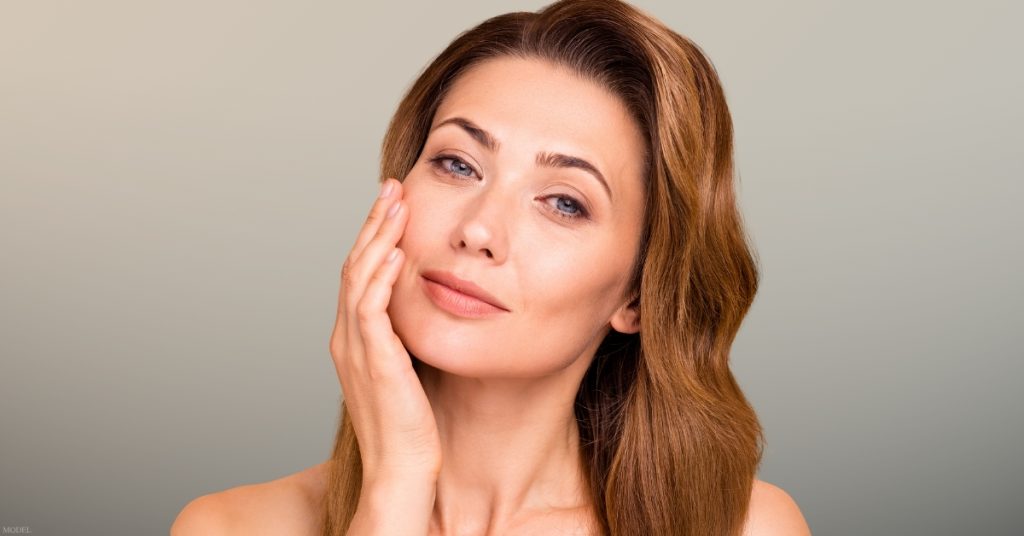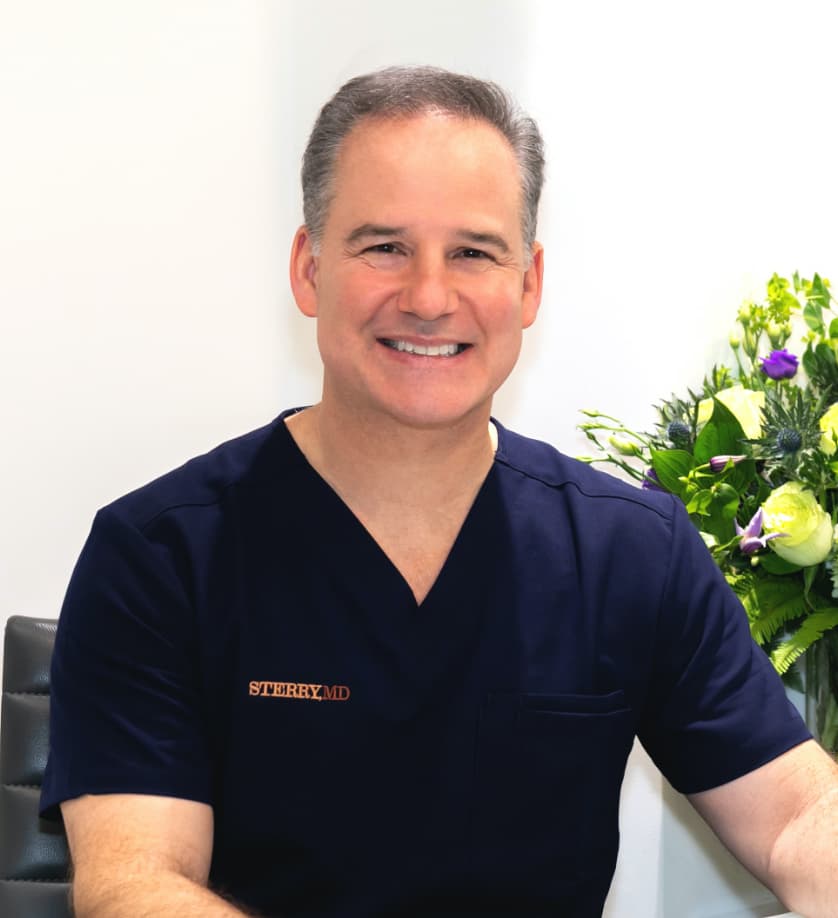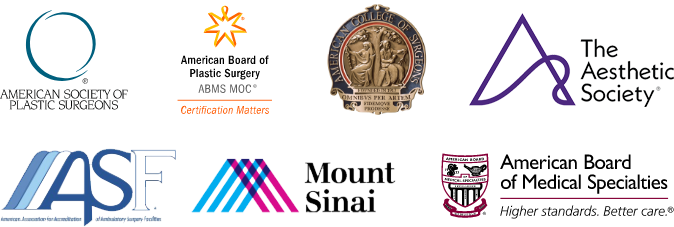As a board-certified plastic surgeon practicing in New York City, I take pride in offering transformative procedures like fat transfer to the face. This approach provides a natural-looking and lasting solution for facial contouring and rejuvenation. With years of experience, I am committed to delivering results that enhance your natural beauty while meeting your personal aesthetic goals.
What Is Fat Transfer to the Face?
Fat transfer to the face, also known as autologous fat grafting, is a cutting-edge cosmetic procedure that restores volume and contours to your face using your own fat. During the process, I carefully harvest fat from areas such as the abdomen, thighs, or flanks and strategically inject it into specific facial areas. This dual-benefit procedure not only improves facial aesthetics but also sculpts the donor sites, achieving a comprehensive transformation.
“Fat transfer is a natural and effective way to restore youthful volume and rejuvenate your appearance.” – Dr. Thomas P. Sterry
Benefits of Facial Fat Transfer
- Natural-Looking and Long-lasting Results: Since I use your body’s own fat, the results seamlessly blend with your natural contours.
- Minimally Invasive Alternative: Fat transfer offers a more natural option compared to synthetic fillers, with fewer risks of allergic reactions.
- Rejuvenates Facial Volume: This procedure effectively addresses age-related volume loss in areas like the cheeks, lips, and under eye regions.
- Skin Quality Improvement: The regenerative properties of fat can improve skin texture and tone.
- Dual Benefit: The procedure combines facial rejuvenation with body contouring by removing unwanted fat from other areas.
Who Is a Candidate for Facial Fat Transfer?
As a specialist, I assess your suitability for this procedure during a personalized consultation. Fat grafting is ideal for:
- Women aged 20 to 70 who seek natural-looking, subtle enhancements.
- Individuals experiencing volume loss due to aging or weight changes.
- Patients who prefer an alternative to synthetic fillers or facial implants.
- Those with sufficient fat deposits in donor areas.
The Procedure: What To Expect
Consultation
- During our initial meeting, I will carefully evaluate your facial structure and discuss your desired outcomes.
- Together, we will develop a customized treatment plan to align with your unique aesthetic goals.
Step-by-Step Procedure
- Fat Harvesting: I gently extract fat from donor areas using advanced liposuction techniques. This ensures minimal invasiveness while preserving fat cell integrity.
- Fat Purification: The harvested fat undergoes a meticulous purification process to isolate high-quality cells for transfer. This step enhances the longevity of the results.
- Precise Injection: With precision and artistry, I inject the purified fat into targeted facial areas, such as the cheeks, temples, or lips, ensuring balanced and natural results.
“My goal is to help each patient look like the best version of themselves, never overdone.” – Dr. Thomas P. Sterry
Do’s and Don’ts Before and After Surgery
To help you enjoy a smooth recovery and the best possible outcome, follow these guidelines before and after your fat transfer procedure.
Presurgery Do’s
- Schedule a consultation with me to discuss your goals and expectations.
- Follow any prescribed pre-procedure instructions, such as avoiding certain medications or supplements.
- Maintain a healthy diet and stay hydrated to prepare your body for recovery.
- Arrange for someone to assist you during the initial recovery period.
Presurgery Don’ts
- Don’t smoke or use nicotine products for at least 4 weeks prior.
- Don’t consume alcohol or caffeine for 48 hours before the procedure.
- Don’t take blood-thinning medications unless approved during your consultation.
Postsurgery Do’s
- Keep the treated areas clean and adhere to my aftercare instructions.
- Use cold compresses to minimize swelling and bruising during the first 48 hours.
- Consume nutrient-rich foods and stay hydrated to aid healing.
- Attend all follow-up appointments for monitoring your progress.
Postsurgery Don’ts
- Don’t engage in strenuous activities or heavy lifting for at least 2 weeks.
- Don’t apply pressure to the treated areas.
- Don’t expose treated areas to direct sunlight, using sunscreen as needed.
Regional Practices and Trends in Fat Transfer to the Face
Here in New York City, patients prioritize achieving natural and understated results. My approach caters to this trend by emphasizing subtle enhancements that harmonize with your lifestyle and professional commitments. The added benefit of body contouring during fat harvesting makes this procedure particularly appealing to patients in this region.
Tailored Advice for Different Patient Demographics
For Younger Patients (20s to 30s)
- I often focus on subtle enhancements, such as lip augmentation or cheek contouring, to maintain youthful volume and address genetic concerns like under eye hollows.
For Middle-Aged Patients (40s to 50s)
- This age group benefits from addressing age-related volume loss in areas like the cheeks, temples, and jawline. Complementary procedures like mini facelifts may further enhance results.
For Older Patients (60s and beyond)
- Restoring overall facial harmony through volume enhancement is key. This is often combined with skin tightening treatments to improve elasticity and texture.
Results and Longevity
Fat transfer to the face offers natural-looking results that can last for years. Unlike synthetic fillers, which may require frequent touch-ups, this approach provides a more enduring solution. My meticulous technique ensures optimal fat survival, resulting in a high level of patient satisfaction.
“By using your own fat, we create results that feel and look incredibly natural, ensuring long-term satisfaction.” – Dr. Thomas P. Sterry
Next Steps
If you’re considering fat transfer to the face, let’s schedule a consultation to discuss how this procedure can help you achieve your aesthetic goals. Use our online form to request a consultation or call us at (212) 249-4020. Together, we will create a treatment plan tailored to your needs, ensuring natural and beautiful results.
Facial Fat Transfer FAQ
What areas of the face can be treated with fat transfer?
Fat transfer can enhance various facial areas, including the cheeks, lips, temples, jawline, and under eye hollows. It can also smooth out fine lines and wrinkles for a more youthful appearance.
How is fat transfer to the face different from dermal fillers?
Fat transfer uses your own body fat, making it a natural option with longer-lasting results compared to dermal fillers, which are synthetic and may require regular maintenance.
What are the main benefits of using my own fat for facial rejuvenation?
Using your own fat reduces the risk of allergic reactions and provides a natural look and feel. Additionally, fat cells can improve skin quality due to their regenerative properties.
How long does it take to see the final results after a fat transfer procedure?
Initial improvements are noticeable within a few weeks, but final results typically take 3 to 6 months as the transferred fat integrates with the surrounding tissues.
Are there any risks or complications associated with facial fat transfer?
While fat transfer is generally safe, potential risks include swelling, bruising, or uneven fat survival. Choosing an experienced surgeon like me minimizes these risks.
How should I prepare for a fat transfer procedure?
Preparation includes avoiding certain medications, stopping smoking, and maintaining a healthy lifestyle to optimize healing and fat cell survival. I provide detailed presurgical instructions during your consultation.
Can fat transfer to the face be combined with other cosmetic procedures?
Yes, fat transfer is often combined with procedures like facelifts, eyelid surgery, or skin treatments for comprehensive rejuvenation. We can create a personalized plan to address your unique goals.
Medical References
- Standardized Anatomic and Regenerative Facial Fat Grafting – Aesthetic Surgery Journal Oxford Academic – https://academic.oup.com/asj/article/42/4/327/6415261
- The Safety of Fat Grafting: An Institutional Retrospective Review – PubMed Central National Institutes of Health – https://pmc.ncbi.nlm.nih.gov/articles/PMC9893916/
- Facial Fat Grafting (FFG): Worth the Risk? A Systematic Review of Complications PubMed Central – National Institutes of Health https://pmc.ncbi.nlm.nih.gov/articles/PMC9410081/
- Autologous Fat Grafting for Facial Rejuvenation / StatPearls – National Center for Biotechnology Informationhttps://www.ncbi.nlm.nih.gov/books/NBK557860/
- Supplementation of Facial Fat Grafting to Increase Volume Retention / Aesthetic Surgery Journal – Oxford Academic – https://academic.oup.com/asj/article/42/12/NP711/6586526





Leave a Reply